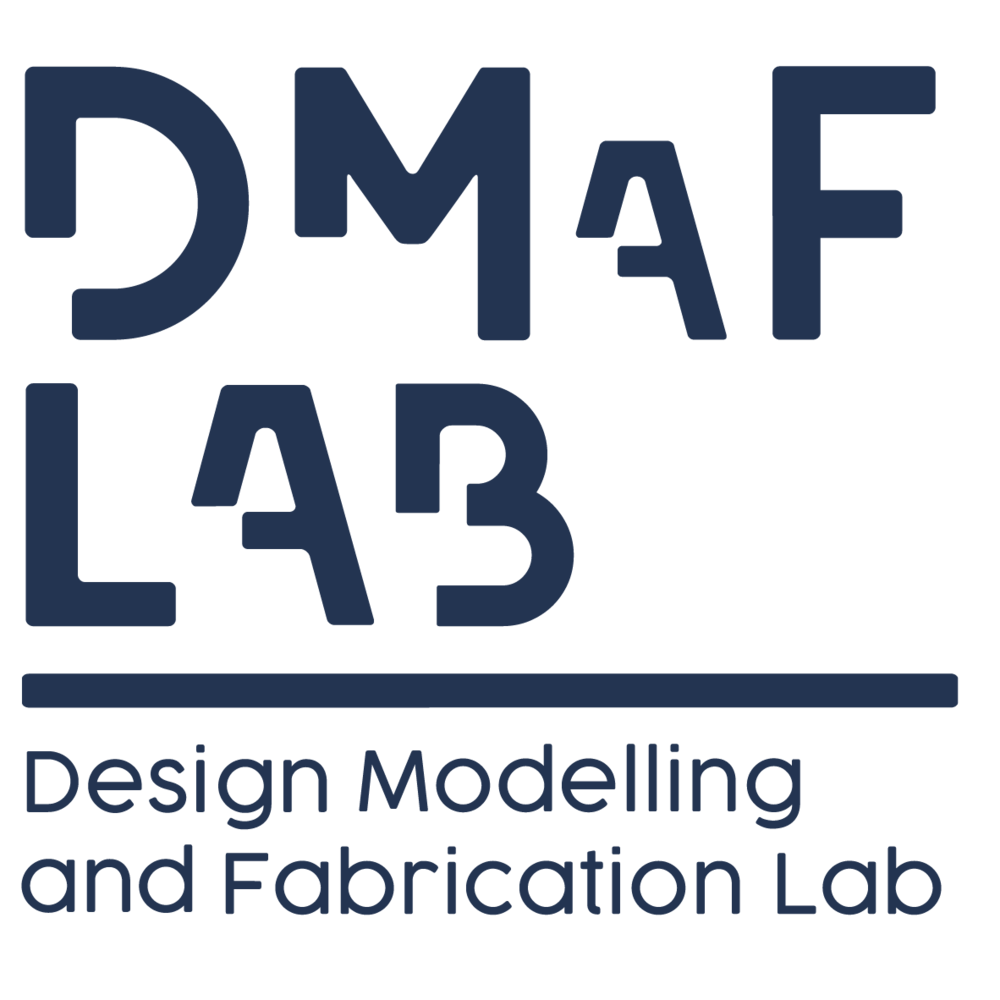3D Printing Optimisation
Want to know how to get the most out of your 3D prints?
We chat to one of our Digital Fabrication Technicians - Sam, for the best 3D Printing practice.
Hey Sam, what are some common mistakes you often see in students’ 3D printing practices?
1. Forgetting supports
Objects can sometimes have an ‘overhang’, which is any part of a print that extends outward, beyond the previous layer without any direct support. If this part of the print is not supported by additional 3D printing support, the print will most likely fail. If your design has overhangs make sure support are turned on in your slicing program.
2. Orientation of prints
It is always good practice to check your object in your slicing program and preview your print before printing. Consider things such as “where are the supports going to touch my object? Is it going to be on a surface I want to look presentable and clean?” If that is the case, we recommend to test a couple of orientations in order to find the best way to print your object.
3. Escape Holes
When printing objects with a hollow interior on printers such as the powder printer and resin printer, 3D printing material will get trapped inside your object shell if escape holes are not implemented. So what does this mean for your print? Excess powder and resin will sit inside and even cause your print to fail. In DMaF Lab, printing costs are based on the volume required for your designs. Models that are hollow and have escape holes will cost substantially less than solid models with no escape holes.
Want more 3D printing tips and tricks to incorporate into your model making and prototyping process? Check out when our next inductions are available here. Digital Fabrication resources are available to all students in their second year of their Bachelor Degree or in all Postgraduate courses.


